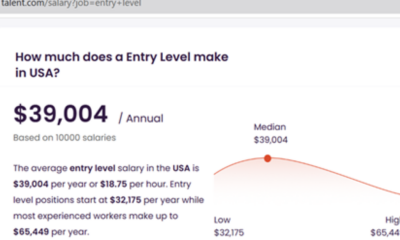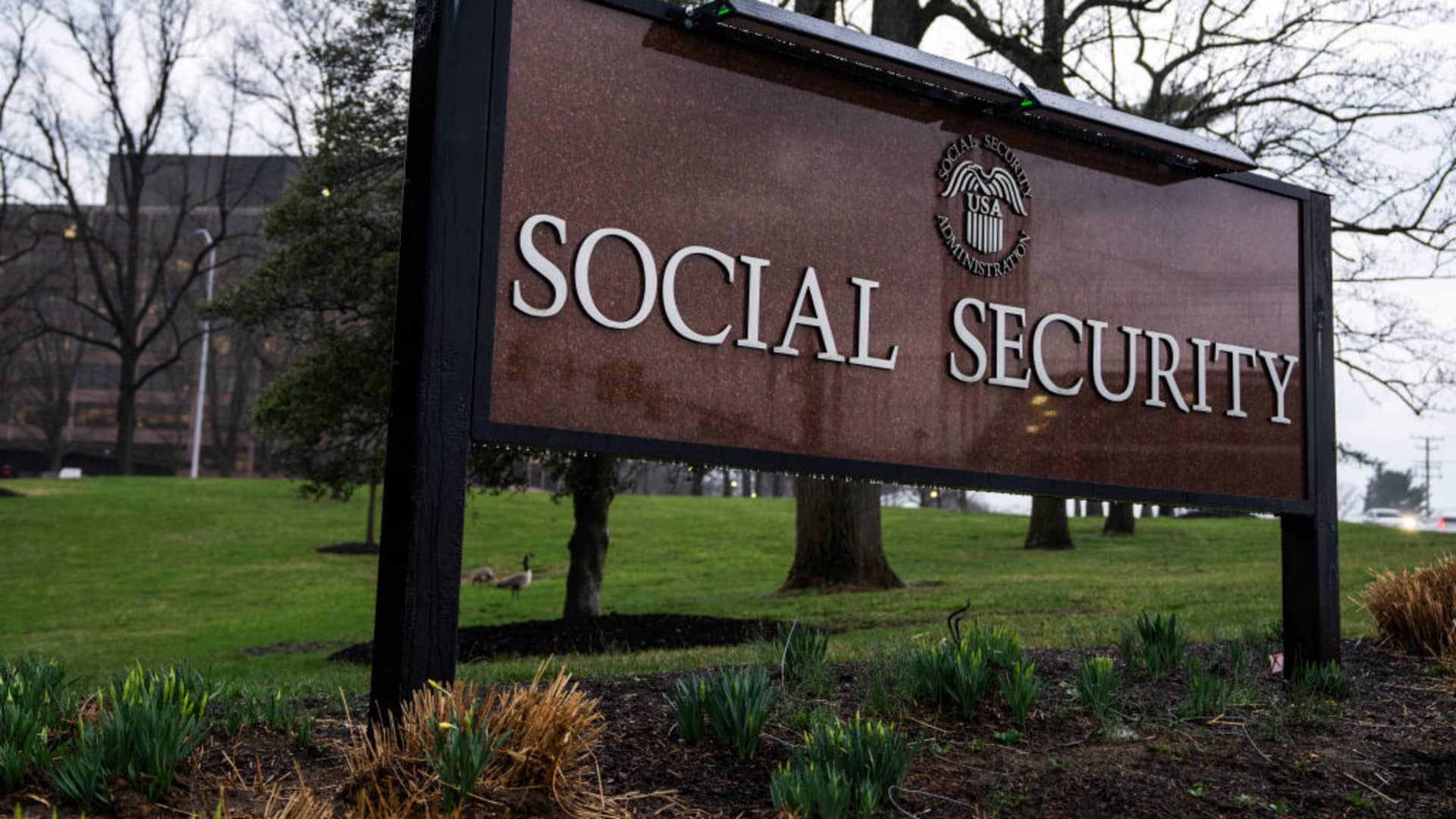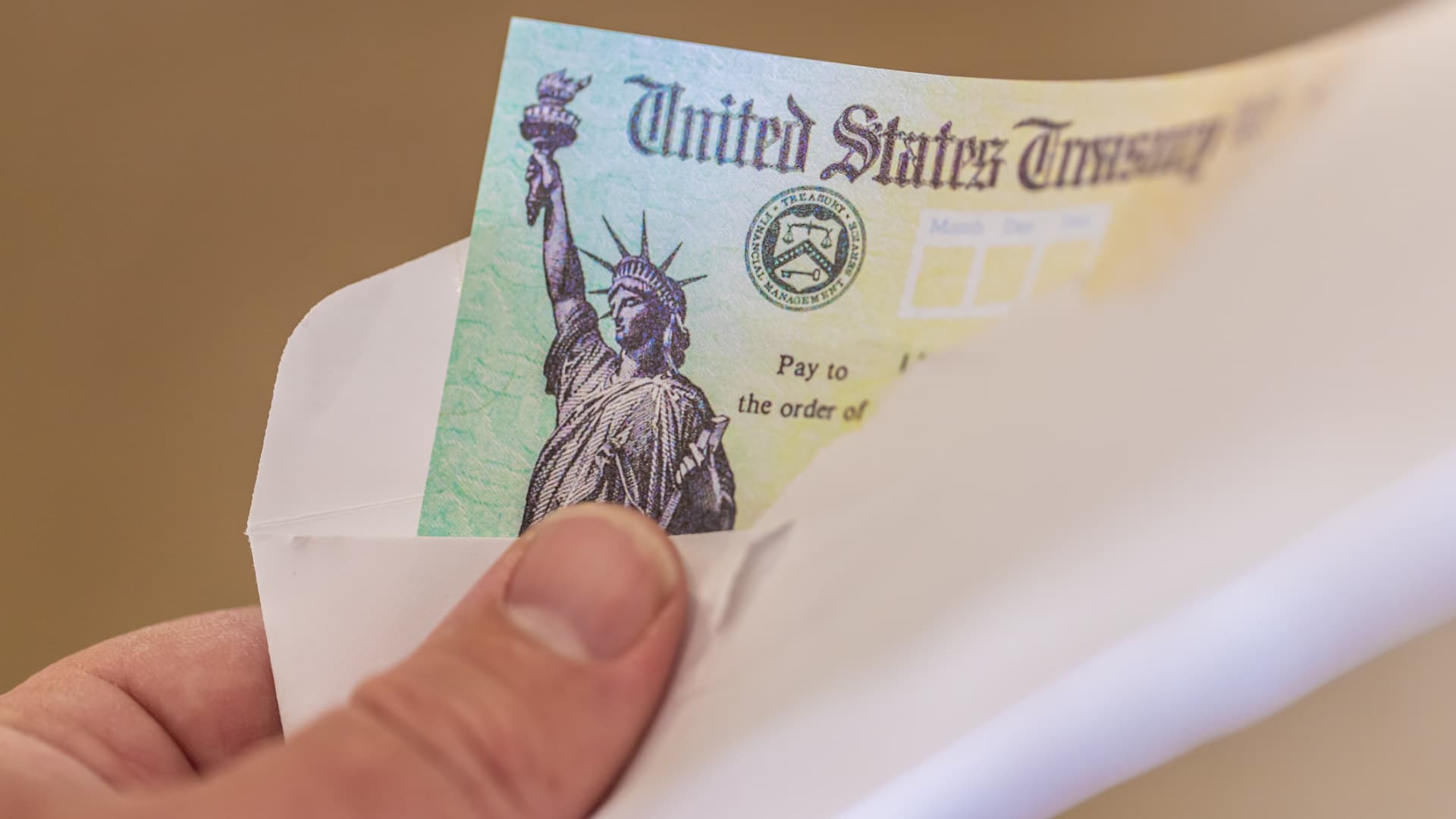Ljubaphoto | E+ | Getty Images
If you’re in the market for a used car, the best time of the year to buy one is fast approaching.
New Year’s Eve and New Year’s Day are the best days of the year to buy a used car, because there are 47.9% more deals than average, according to a new analysis by iSeeCars, a search engine for used cars. To determine the best and worst times of the year to buy a used car, the site examined 39 million used car sales from 2023 and 2024.
Those dates won out because “you have two forces coming together,” said Karl Brauer, executive analyst at iSeeCars.
Not only are dealers trying to meet their sales goals by the end of the year, but they are also trying to boost transactions as the winter season kicks in.
“It’s just easier for car dealers to sell in warmer months and harder to sell in colder months,” Brauer said.
Dealership foot traffic declines when temperatures drop, he said. “They have to counter that by offering better deals.”
To that point, the months with the most deals available for used cars are January, December, February, November and March, iSeeCars found.
More from Personal Finance:
Here’s why some credit card APRs aren’t going down
5 housing market predictions for 2025
What to know before taking your first required minimum distribution
Finding an affordable used car became a challenge in recent years after demand spiked during the pandemic.
While prices are up 31.4% from $20,683 in the third quarter of 2019, according to Edmunds data, the typical asking price is normalizing as more sellers tack on incentives.
The growing inventory and the proliferation of incentives among new cars is “trickling down” to the used vehicle market, said Ivan Drury, director of Insights at Edmunds.
In the third quarter of 2024, used vehicle prices dropped to an average $27,177, down 6.2% from $28,960 a year prior, the car shopping site found.
Here’s what you need to know if you’re in the market for a used car, according to experts.
The best and worst times to buy a used car
Both dealers and car companies are trying to hit sales goals toward the end of December, said Brauer.
In order to meet those target figures, sellers will “put out extra good deals right at the end of the year on New Year’s Eve,” he said.
But if you can’t fit in a car purchase during the next three weeks, among other year-end tasks and holiday celebrations, mark this date on your calendar: Martin Luther King Jr. Day. This holiday, which falls on Jan. 20 in 2025, is the second-best time of year to buy a used car, with 43.3% more deals than usual, according to iSeeCars.
Market conditions begin to favor car sellers as the temperature outside heats up — so much so that there are fewer deals available even on key annual holidays.
Mother’s Day sees 27.4% fewer deals than average, followed by Memorial Day at 28%; Juneteenth, 30%, and Fourth of July, 31.1%, per iSeeCars. Father’s Day is the worst day to buy a used car, with 33.1% fewer deals than average.
‘Now there are deals out there’
Unlike a year ago, “now there are deals out there” for used cars, from low interest rate offers on financing to really low sticker prices, said Brauer.
If you are in the market for a used car, there are three things you need to cross off your to-do list before making a purchase, experts say.
1. Research for sales, discounts and offers
While there are deals out there, they are not across the board, said Drury.
“When it comes to looking for deals, it’s going to vary wildly between make, model and the segment,” he said.
Shop around at different car sellers and dealers to get a better sense of prices for vehicles in your area. That research can help you negotiate in the transaction, especially at a time when the seller is focused on meeting year-end sales goals.
“You want to make them have to work for your business by potentially beating other dealers,” Brauer said.
2. Ask for the car’s VIN and request an inspection
The vehicle identification number, or VIN, will tell you the car’s history, such as how many owners the vehicle has had over time, its maintenance record and whether it’s been in accidents or had flood damage.
“You should always get the vehicle history report on a car before you ever buy one,” said Brauer.
Additionally, ask for a pre-purchase inspection, or PPI, from an independent mechanic, he said.
“If the seller won’t let you, that should be pretty telling right there,” he said.
3. Seek financing options
Try to get preapproved for different car loans and financing options from your bank and other lending institutions before visiting dealerships, experts say. This will help you get a better sense of what terms you qualify for.
Doing so will put you in a position where a dealer may be incentivized to either match the offer or give you a better deal. If not, you can go with the financing from your bank or another lender.


 Accounting6 days ago
Accounting6 days ago
 Accounting1 week ago
Accounting1 week ago
 Accounting1 week ago
Accounting1 week ago
 Economics6 days ago
Economics6 days ago
 Finance1 week ago
Finance1 week ago
 Economics4 days ago
Economics4 days ago
 Personal Finance1 week ago
Personal Finance1 week ago
 Personal Finance1 week ago
Personal Finance1 week ago











